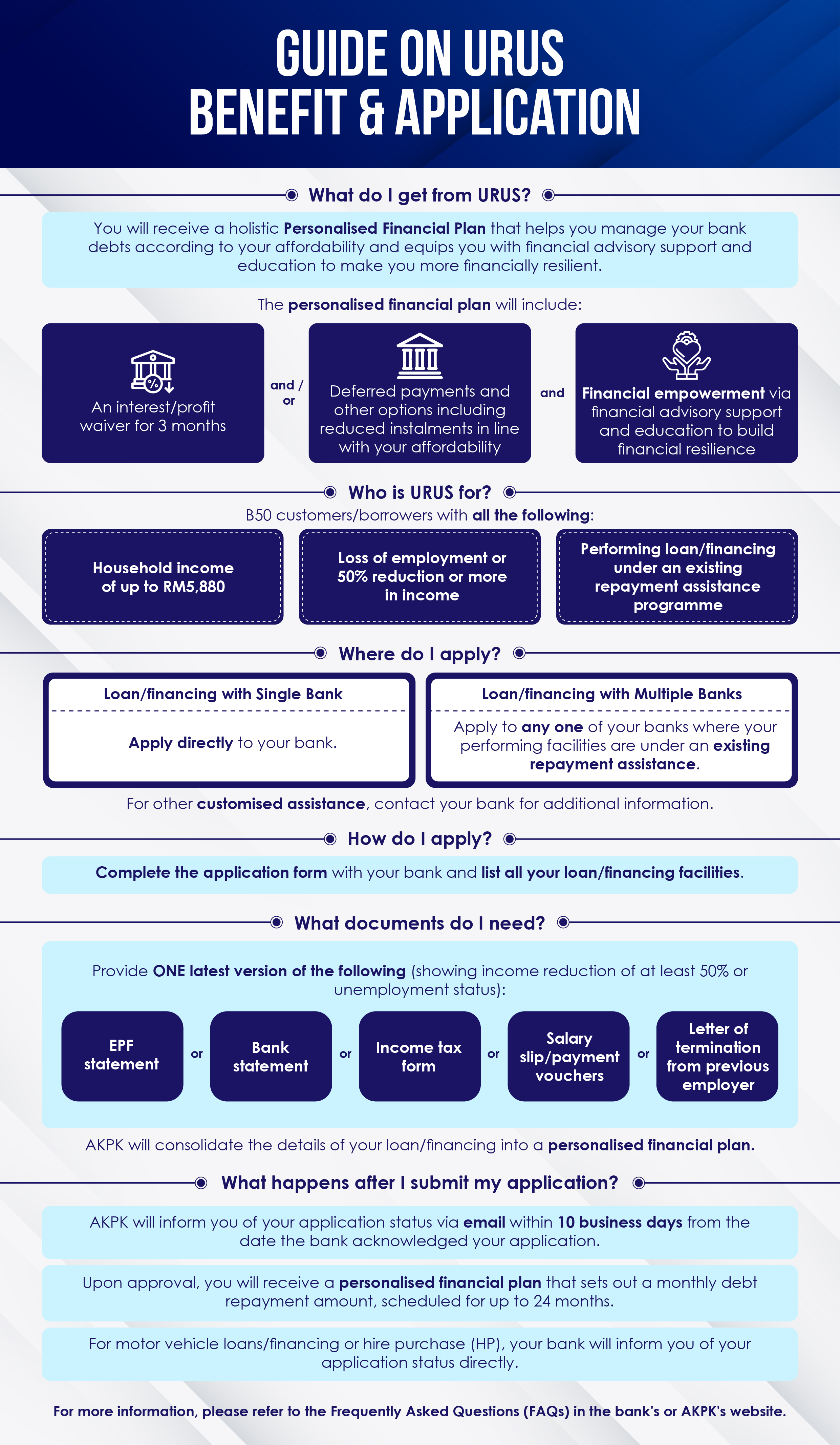Understanding USDA Home Loan Requirements: Your Complete Guide to Qualifying for a USDA Loan
#### USDA Home Loan RequirementsThe USDA home loan program is designed to assist low to moderate-income individuals and families in purchasing homes in rura……
#### USDA Home Loan Requirements
The USDA home loan program is designed to assist low to moderate-income individuals and families in purchasing homes in rural areas. To qualify for this program, there are specific USDA Home Loan Requirements that applicants must meet. This guide will delve into these requirements, helping you understand what you need to secure a USDA home loan.
#### Eligibility Criteria
To be eligible for a USDA home loan, you must meet certain criteria. First and foremost, the property you wish to purchase must be located in a designated rural area as defined by the USDA. These areas are often less populated and may offer a more affordable living environment. You can check the USDA's website for a list of eligible locations.
In addition to location, applicants must also meet income requirements. The USDA sets limits on household income, which typically cannot exceed 115% of the median income for the area. This means that your total household income, including all sources, will be evaluated to ensure it falls within the acceptable range.
#### Credit Score Requirements

Another crucial aspect of the USDA Home Loan Requirements is the credit score. While the USDA does not have a strict minimum credit score requirement, most lenders prefer a score of at least 640. A higher credit score can improve your chances of approval and may also lead to better loan terms, such as lower interest rates.
If your credit score is below the preferred threshold, you may still be able to qualify for a USDA loan through manual underwriting. This process involves a more in-depth review of your financial situation, taking into account factors such as your payment history, debt-to-income ratio, and overall financial stability.
#### Debt-to-Income Ratio
Your debt-to-income (DTI) ratio is another critical factor in the USDA Home Loan Requirements. This ratio compares your monthly debt payments to your gross monthly income. Generally, the USDA prefers a DTI ratio of 41% or less, although exceptions can be made for applicants with strong credit profiles or compensating factors.

A lower DTI ratio indicates that you have a manageable level of debt relative to your income, making you a more attractive candidate for a loan. If your DTI is higher than the preferred limit, consider paying down existing debts or increasing your income to improve your chances of approval.
#### Property Requirements
In addition to personal eligibility, the property itself must meet certain standards. The home must be your primary residence and cannot be used for investment purposes. Additionally, the property should be modest in size and cost, aligning with the USDA's mission to support affordable housing.
The home must also meet certain safety and livability standards, which will be assessed during the appraisal process. This includes ensuring that the property is in good condition and does not have any major structural issues.

#### Conclusion
Navigating the USDA Home Loan Requirements can seem daunting, but understanding these criteria can empower you to take the necessary steps toward homeownership. By ensuring you meet the eligibility requirements, maintaining a good credit score, managing your debt effectively, and choosing a suitable property, you can increase your chances of securing a USDA home loan.
If you're considering applying for a USDA loan, it may be beneficial to consult with a lender who specializes in these types of loans. They can provide guidance tailored to your unique financial situation and help you understand the application process in detail. With the right preparation and knowledge, you can turn your dream of owning a home in a rural area into a reality.